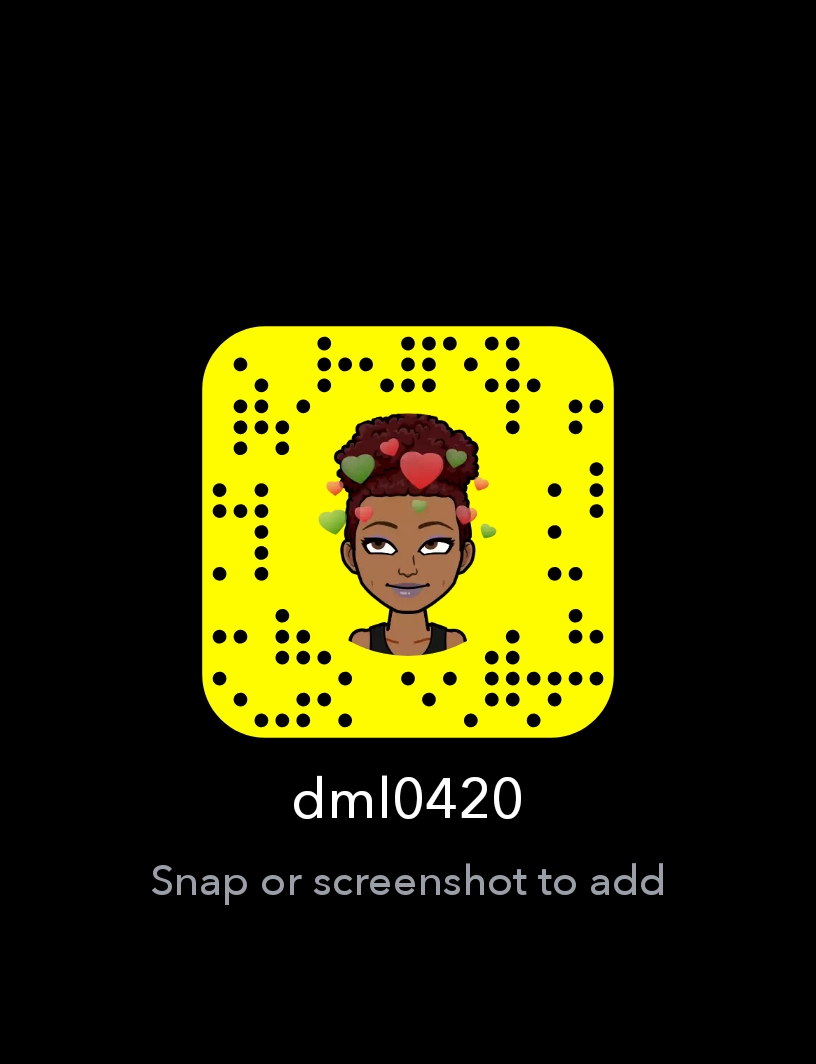I am excited to be sharing my books (fiction and nonfiction) and content with you all as a helping hand in bettering your writing and providing great stories to jump headfirst into! This is me as an author for personal and career purposes.
This is an uncommon POV. The fourth-person perspective is a more recent development of modern storytelling. It uses the following pronouns:
Multiple third-person POV involves writing separate scenes from the viewpoints of each of your characters. The author must stay in one character’s head for the entire scene and maintain proper POV rules, such as not relaying to the reader what the thoughts of the opposite character are.
Deep third person POV is when the narrative style reflects only the thoughts, experiences, and perceptions of the point of view character in the scene. It’s a way of mirroring the closeness of first person but in third person and bringing the reader into the character’s head.
Third-person limited is the point of view in writing that uses a narrator with access to only one character’s perspective. This means that the narrator experiences one character’s emotions and internal thoughts and perceives any surrounding characters through their eyes as an observer. Third-person limited allows for a story to develop around the central character without revealing every detail of what’s happening to the narrator.
The term omnis is Latin for all while scire meant to know. In third-person omniscient POV, the story is told by an all-knowing narrator who isn’t a character in the story. The narrator can investigate the minds of every character and tell us what they’re thinking and feeling. He can also see into the future and the past and move freely from one location to another
In objective POV—also known as cinematic, impersonal, or camera-eye POV—the narrator stays outside the characters’ minds and reveals only what a camera could record. Readers might feel like a fly on the wall: they see the action and hear the dialogue, but they never get to look inside any character.
Second person’s point of view is known as the “you” perspective. It is the perspective of the person or persons that the narrator is addressing. The second-person perspective is identifiable by the author’s use of second-person pronouns: you, yourself, your, yours, or yourselves.
One popular point of view is the first person. It is often used in young adult novels to foster reader-protagonist bonding. Aside from being simple to use and compose, the primary character narrator should always be prejudiced due to their restricted perception skills. Without contact, this point of view does not fully comprehend the events and other characters.
Point of view is the angle of considering things, which shows us the opinion or feelings of the individuals involved in a situation. In literature, point of view is the mode of narration that an author employs to let the readers “hear” and “see” what takes place in a story. Point of view is a reflection of the opinion an individual from real life or fiction has.
Show, don’t tell is one of the most frequently given pieces of advice among writers. But just like “write what you know” and “write every day,” it can be difficult to follow – especially if you don’t really know what it means!













